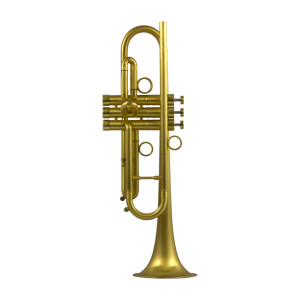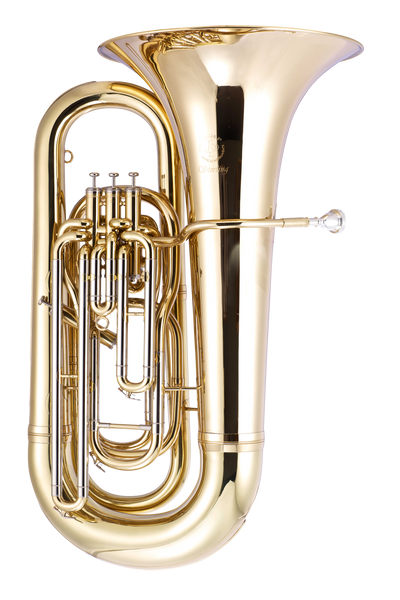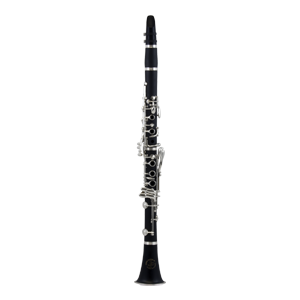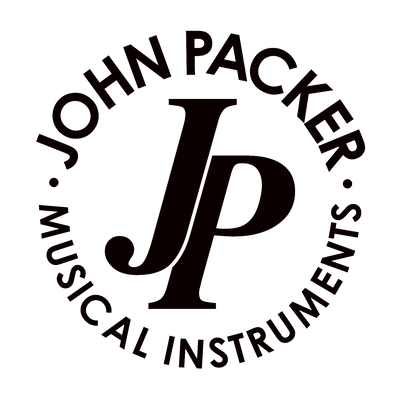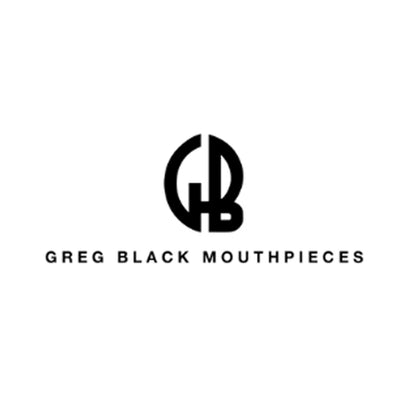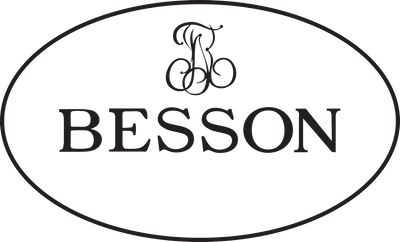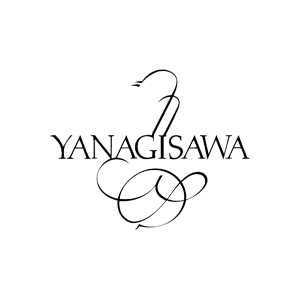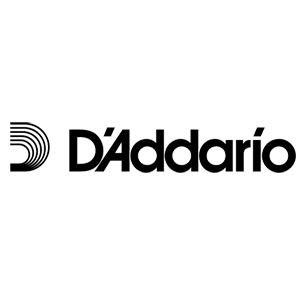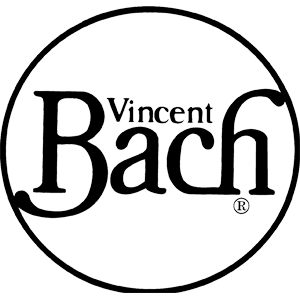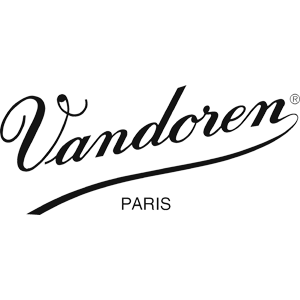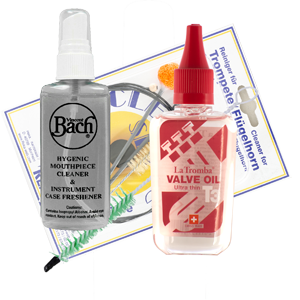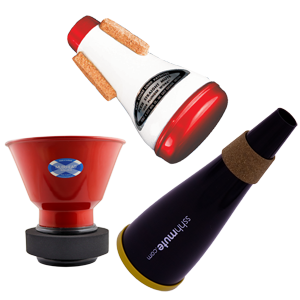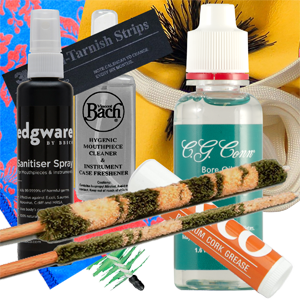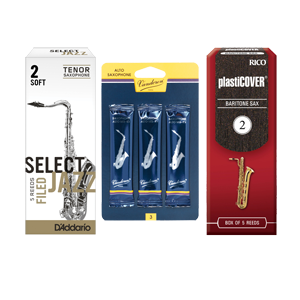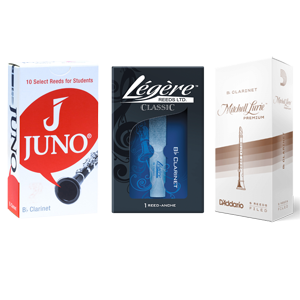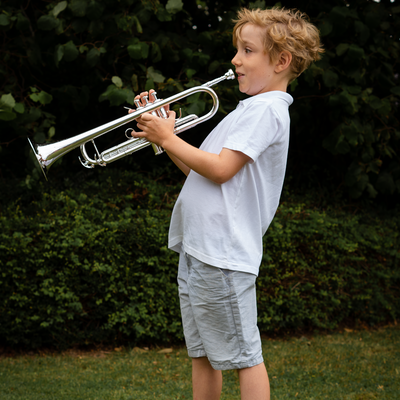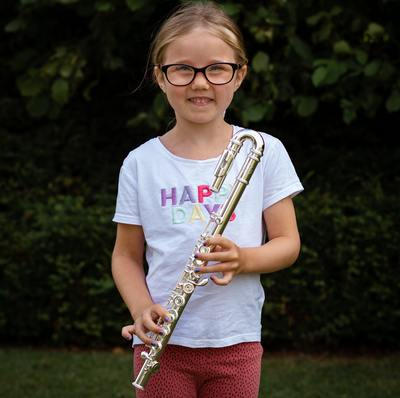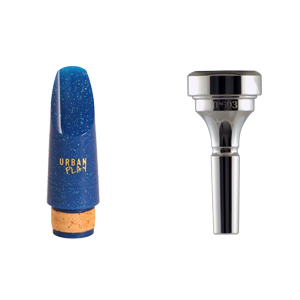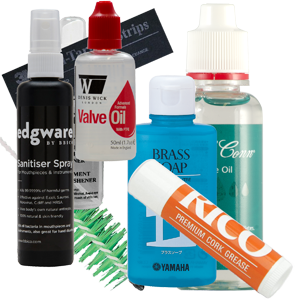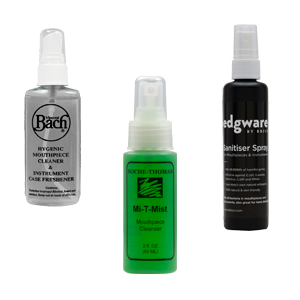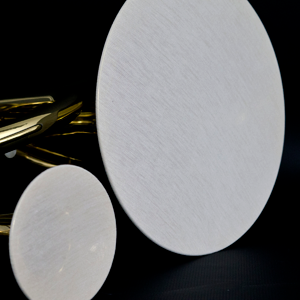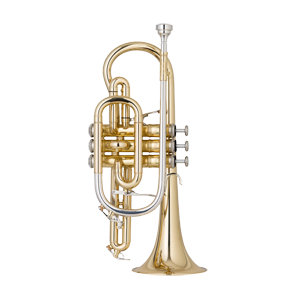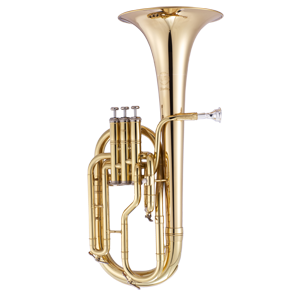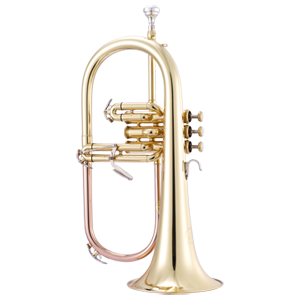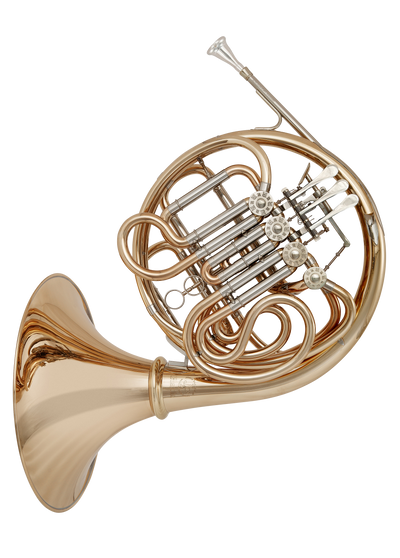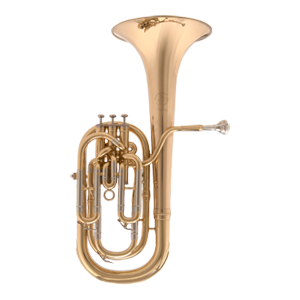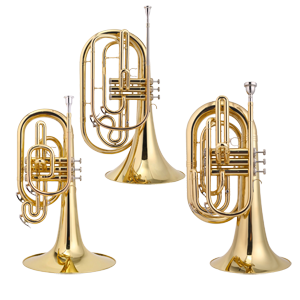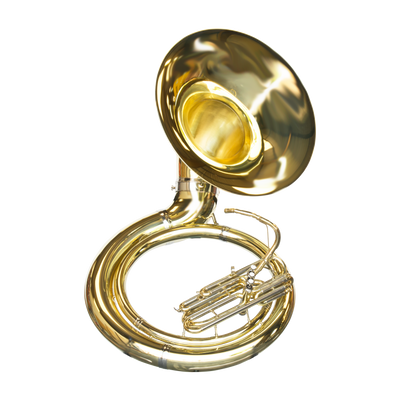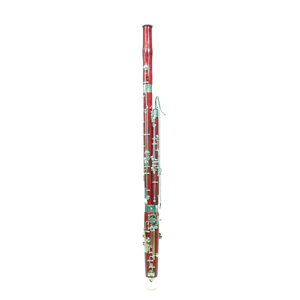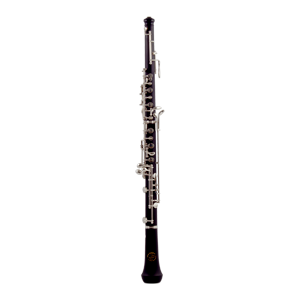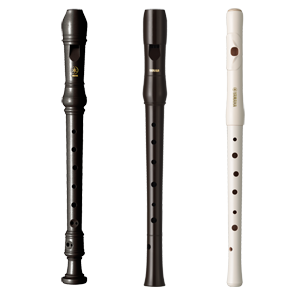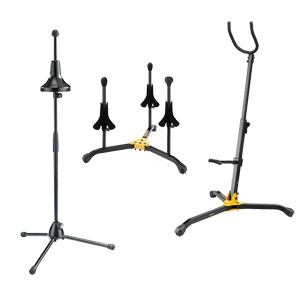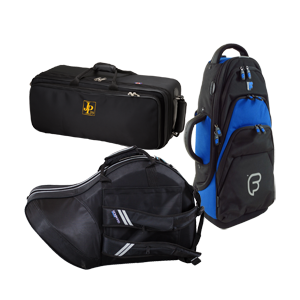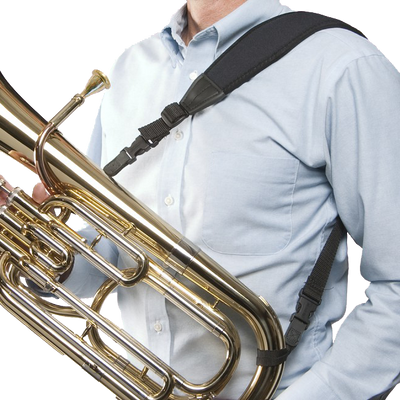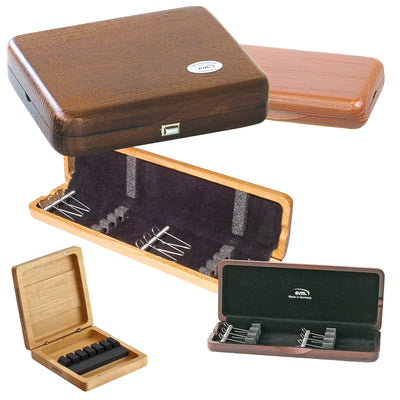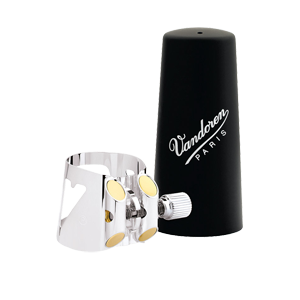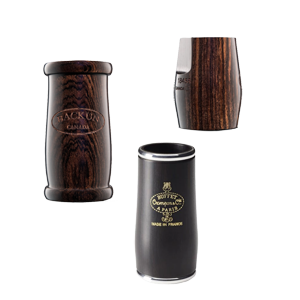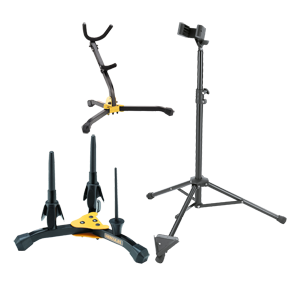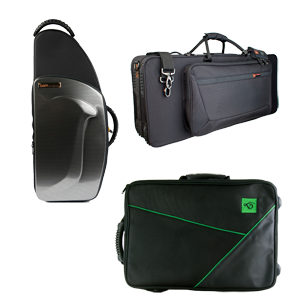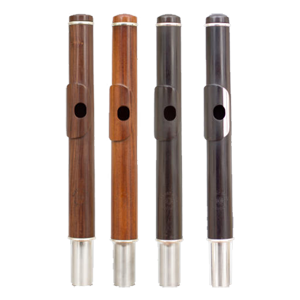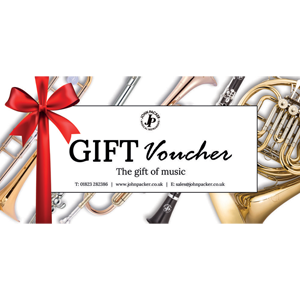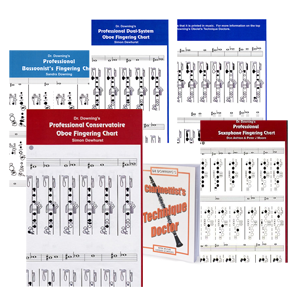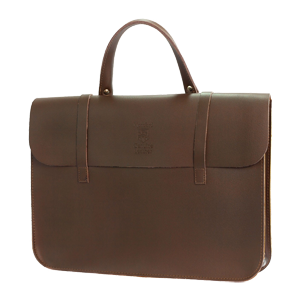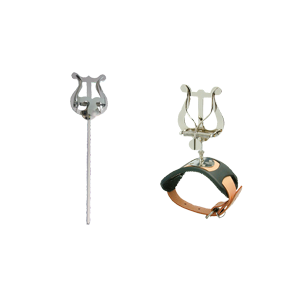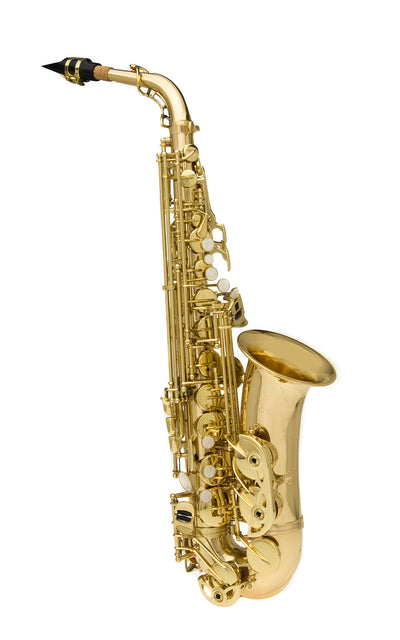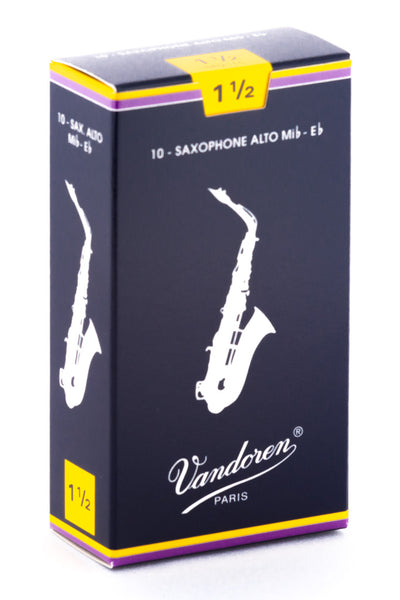A guide to buying your first tuba
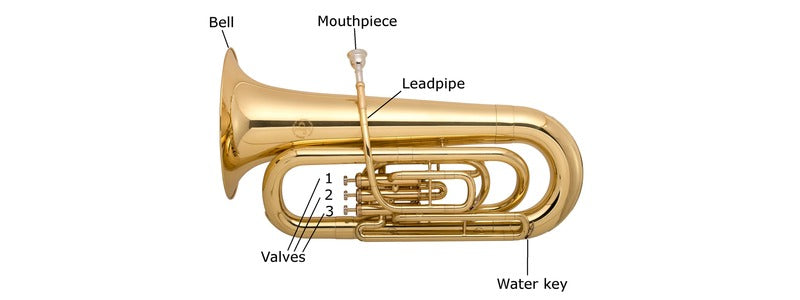
In the UK tubas are generally pitched in either Eb or Bb and are used in wind bands, orchestra and Brass Bands. Both Tubas and Basses (as they are called in Brass Bands) are basically the same shape as each other with the larger one being the Bb.
Many Euphonium players actually start learning to play on a Baritone Horn due to its smaller size and as both instruments use the same type of mouthpiece it is easy to transfer at a later stage.
Types of Tubas
| Type | Key | Application | Other Comments |
|---|---|---|---|
| Contrabass | C or Bb | A professional player’s instrument, used mainly in orchestra, wind band and concert bands. | Referred to as CC and BBb tubas. More suited for advanced and professional players |
| Bass | Eb or F | Most commonly used in brass bands, training bands and orchestra | If a non-compensating tuba, then suitable for students, compensating tubas are also known as EEb |
Younger Players
Learning a musical Instrument at a young age has a whole host of benefits but it is important that children are comfortable holding and playing their instrument before they start their musical journey in earnest.
It is recommended that tubas for students have 3 valves and are either the Eb (‘single’ Eb) or the Bb (‘single’ Bb) and are non compensating instruments which are machine made and built for economy and durability. They are quite small (not much larger than a standard euphonium) play well, but don't have all the high-end features and craftsmanship found on intermediate and professional models.
Features
Bell
The bell is where the sound waves emerge from the tuba. Bell sizes vary from 12.5 inches (320mm) to 20 inches (508mm). The size of the bell has an effect on the sound produced and projected.
Valves
Valves can be either piston or rotary. Piston valves require more maintenance than rotary valves, but are very simple to disassemble and re-assemble for oiling. It is recommended to always let a qualified instrument repair person maintain rotary valves.
Piston valves can be oriented to point to the top of the instrument (top-action), or out the front of the instrument (front-action or side-action).
Communally tubas generally have from 3 to 6 valves, although there are rare exceptions.
Compensating Tubas
Compensating valves allow for accurate tuning when using several valves in combination, simplifying fingering and removing the need to constantly adjust slide positions, due to the extra tubing of a compensating instrument.
Leadpipe
The pipe into which the mouthpiece is placed
Mouthpiece
The mouthpiece is what the player uses to direct air and lip vibrations into the tuba.
Water keys
A water key is a valve or tap used to allow the drainage of accumulated fluid, consisting of condensed breath moisture.
Recommended Accessories
Music Stand
Whether sitting or standing, you will still require somewhere to place your sheet music so that you can read it comfortably.
Hercules Tuba / Euphonium Display Stand
The Hercules Tuba/Euphonium Stand DS552B features a sturdy all-in-one compact design with extended supports for different sized instruments. Heavy-duty construction and tripod legs provide stability and security.
View Hercules Tuba / Euph stand
Ultra Pure Valve Oil
Ultra Pure professional valve oil has a fast, light & silky smooth feel that players love. It is synthetic, odourless and long lasting. Ultra Pure lasts longer than most other oils and leaves no stains or build ups.
Denis Wick DW5519 Tuba Practice Mute
Denis Wick practice mutes are perhaps the best teaching aid ever invented. Not only do they fulfil the need for the in tune painless practice, so essential in the development of every young player and an indispensable 'hotel mute' for the professional, but they also make possible an enormous improvement in tone quality using the entire vital capacity as a vibrating air column by opening the throat spaces through playing loudly in the low register.
Popular Student Tubas
John Packer JP077 Eb Tuba
The JP077 Eb Tuba aims to provide well-constructed entry level student instruments at an attractive price/performance balance.
John packer JP078 Bb Tuba
The JP078 Bb Tuba provides a well-constructed entry level student instrument for beginners and more accomplished players at an attractive price/performance balance.
Jupiter JTU700 Tuba BBb ¾ size
Jupiter tubas provide top performance and comfort to players of all levels. Compact and Standard sizes are equipped with removable valve sections.
Yamaha YEB201 Eb Tuba
The YEB-201 is an excellent choice for those who demand a high quality Eb tuba sound, yet must consider their budget.
Yamaha YBB-201 BBb Tuba
The YBB-201 is an excellent alternative when budget is a strong consideration. It offers a large "pro-sized" bell and features a rich strong sound. It is easy to play and has accurate intonation.
Hire and Assisted Instrument Purchase Scheme
Several schemes are in place to support new players as they start their journey to learn the trombone. Our instrument hire scheme enables students to hire a trombone at an affordable monthly cost and at the end of the 24 hire payments, you keep the instrument.
